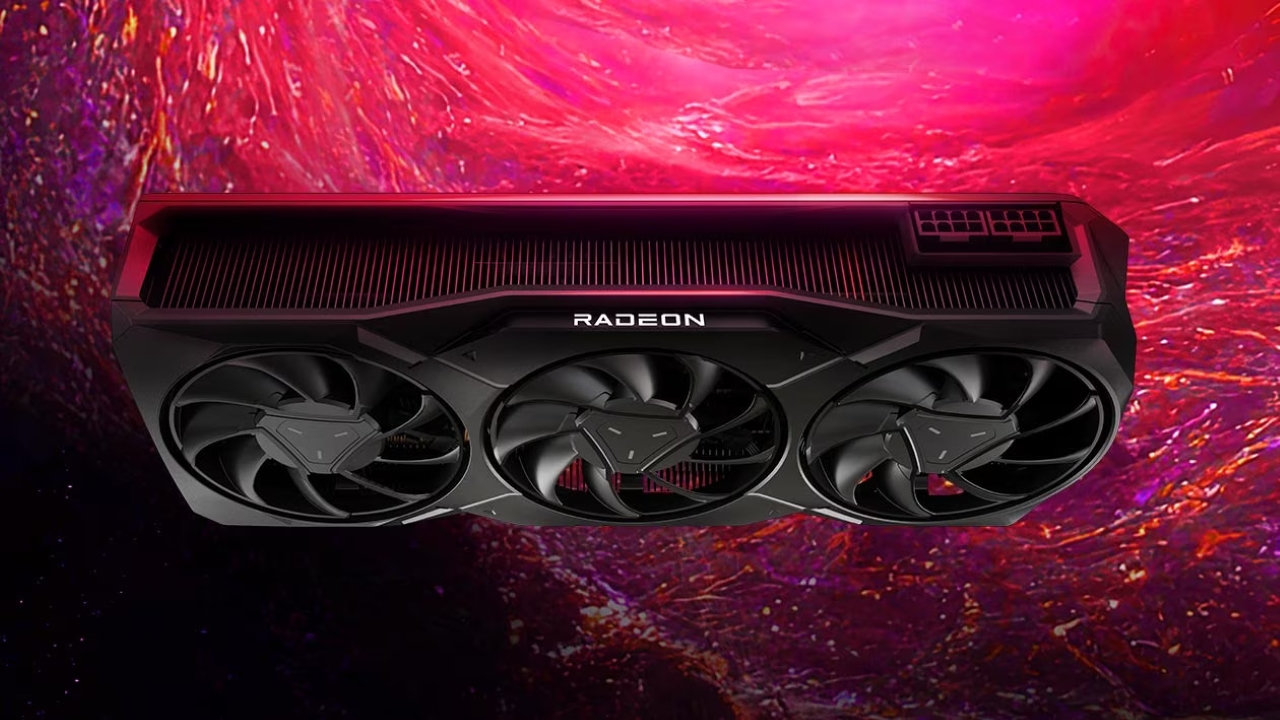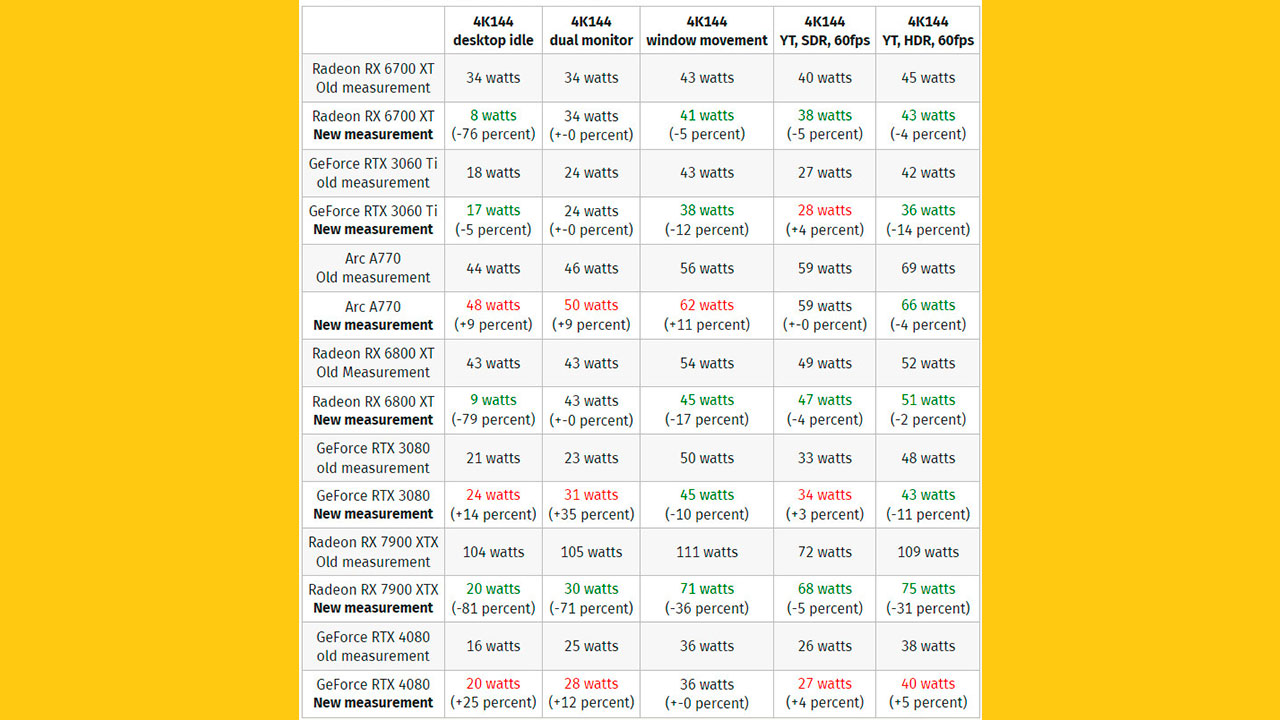With its recent attack, AMD has come to a very ambitious position in terms of graphics cards. Competing with NVIDIA in this regard, the company intends to increase its claim with new features in graphics cards. The most prominent feature of AMD-signed graphics cards has been the Variable Refresh Rate (VRR) technology.
AMD’s new technology significantly reduces power consumption
This feature of AMD Radeon RX 6000 and RX 700 series graphics cards based on RDNA 2 and RDNA 3 GPU architectures was tested by ComputerBase. These tests focused on power consumption data as opposed to the performance of graphics cards.

As a result of the tests, it was revealed that when the Variable Refresh Rate (VRR) feature is enabled, the idle power consumption of AMD Radeon cards is significantly reduced. Using a 4K display with a 144 Hz refresh rate, ComputerBase included the Intel Arc A770, NVIDIA GeForce RTX 3060 Ti, RTX 3080 and RTX 4080 in the tests, as well as the Radeon RX 6800/6700 XT and RX 7900 XT.
Efficiency-based tests include desktop idle consumption, dual monitor power consumption, window movement, YouTube with SDR at 60 FPS and YouTube with HDR at 60 FPS, all using a 4K 144 Hz monitor.
The results after the tests are quite remarkable. According to test results, Radeon RX 7900 XTX consumes 81 percent less power on a single monitor with VRR technology turned on. In the dual monitor setup, we see that the same video card uses 71 percent less power.

On the other hand, the Radeon RX 6700 XT seems to consume 76 percent less power in a single monitor. When we take a look at the Radeon RX 6800 XT, we see a 79 percent decrease. This shows us how well AMD has done with VRR technology.
As a result of the tests, it can be clearly seen that VRR technology and AMD signed graphics card models offer a significant energy consumption advantage compared to other brands. So what do you think about AMD’s VRR technology and power consumption of graphics cards? You can share your views with us in the comments section.